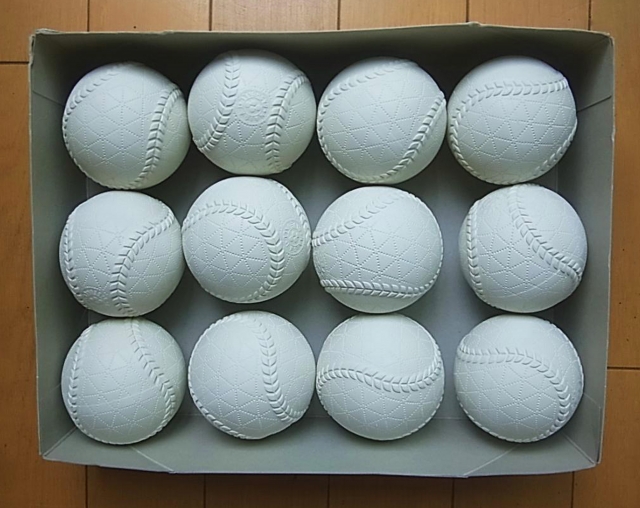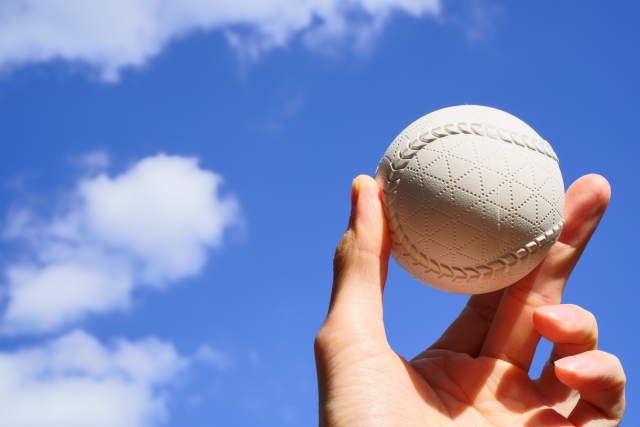When examining the construction and performance of a baseball and a “Rubber Baseball” ball, significant disparities become apparent. A baseball is composed of cowhide with cork inside and red thread seams, boasting a weight of approximately 145 grams, making it a formidable and heavy ball. On the other hand, the “Rubber Baseball” ball diverges in its material and structure, crafted from rubber with a hollow interior and lacking distinct seams. It weighs about 130 grams, a notably lighter weight compared to the baseball. In essence, while the baseball is characterized by its hardness and weight, the “Rubber Baseball” ball stands out with its softer and lighter nature.

When it comes to hitting, baseball balls exhibit a tendency to strongly rebound off the bat. A well-centered hit results in a swift and powerful flight, but off-center hits often lead to diminished power and reduced distance. Additionally, baseballs are not prone to easy bouncing, requiring fielders to remain low while handling batted balls. In contrast, the “Rubber Baseball” ball’s soft and hollow composition results in easy compression, absorbing the repulsive force upon impact with the bat, thereby impeding the ball from soaring away. Furthermore, the ball’s tendency to bounce makes it challenging for fielders to anticipate its trajectory.
On the offensive side, the “Rubber Baseball” ball allows for an effective tactic known as “tapping” when a runner is on third base. This technique involves launching a high bouncing ball into the infield, ensuring the runner reaches home safely. Employing the “Rubber Baseball” ball with its distinct bouncing characteristics introduces a novel strategic dimension to the game.

Likewise, in pitching, the sensations differ subtly between a baseball and a “Rubber Baseball” ball. Generally, pitchers throw a baseball by applying pressure with their fingers (excluding breaking balls). This sensation is crucial to maintain control over the ball’s trajectory and to increase rotation speed for pitches with intricate spins. However, employing the same crushing sensation when throwing the “Rubber Baseball” ball results in its deformation and a loss of power transmission. As a result, it becomes necessary to employ a sensation akin to pushing the ball out when delivering pitches.
Thus, nuanced disparities in hitting performance and pitching feel are evident when comparing the “Rubber Baseball” ball and a baseball ball. Experienced baseball players may need to adjust their techniques when trying their hand at “Rubber Baseball,” presenting an opportunity to learn fresh skills and strategies. Embrace the invitation to explore the world of “Rubber Baseball” and discover a delightful and distinct form of enjoyment.



コメント